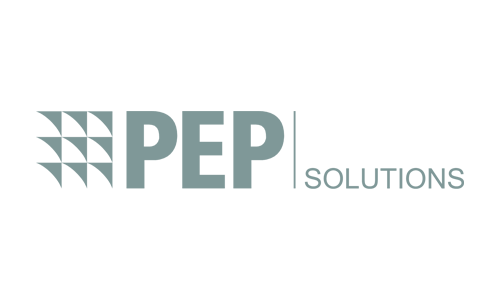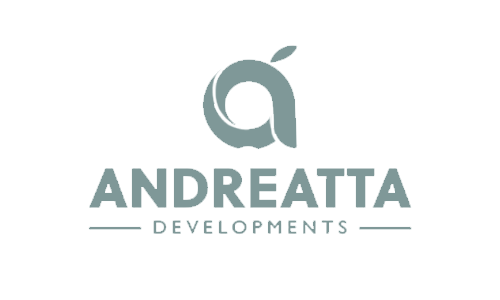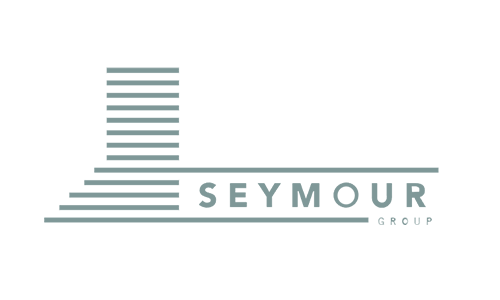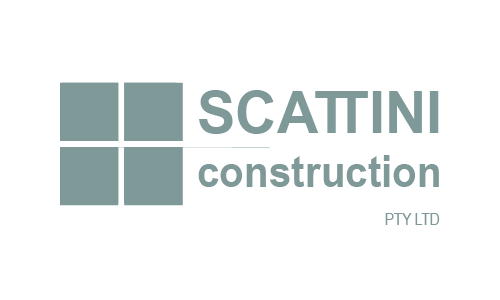nu .
How to Lease and Reposition Your Commercial Property in Perth for 2025

How to Lease and Reposition Your Commercial Property in Perth for 2025
With vacancy rates tightening across key sectors and tenant demand evolving, many property owners in Perth are turning their focus to leasing and repositioning strategies to boost performance in 2025.
This article outlines how to attract quality tenants, maximise rental returns, and future-proof your asset in a changing market—without needing to sell.
Why Leasing Strategy Matters in Today’s Market
Across Perth’s industrial, office, and retail sectors, tenant needs have shifted. Businesses are prioritising functionality, ESG compliance, and transport access. A clear leasing strategy—paired with modern presentation and strong tenant engagement—can transform the long-term value of a commercial asset.
Whether you’re managing a warehouse, office block, or mixed-use site, aligning your leasing strategy with current trends is key to maximising both occupancy and ROI.
Leasing Trends Shaping Perth in 2025 – Industrial leasing remains dominant
Perth’s industrial sector continues to lead commercial performance, especially in logistics and trade-related industries. Demand is strong for sites with easy arterial access and flexible warehousing footprints.
Before targeting new tenants, consider what the market is seeking:
Warehouses with clear span interiors and roller door access
Hardstand and laydown areas for equipment or container storage
Proximity to key freight corridors and transport infrastructure
Sufficient power and service capacity for light manufacturing
Office market stabilising but evolving
While office demand is more selective, Perth’s market is seeing a flight to quality. Businesses are upgrading to better-located, more energy-efficient buildings.
To attract tenants in this climate, owners should focus on:
Recent refurbishments or ESG upgrades (e.g. lighting, HVAC, water)
Smaller, efficient floorplates with natural light and end-of-trip facilities
Fibre connectivity and tech-readiness
Flexible lease terms that appeal to growing SMEs or project-based teams
Retail opportunities shifting to essentials
Suburban growth is creating leasing opportunities for retail formats tied to health, food, and services. These uses are proving more resilient than fashion or discretionary retail.
If repositioning a retail tenancy, aim for tenants in these categories:
Medical or allied health (physio, dentists, GPs)
QSR/drive-thru operators (especially on corner or high-exposure sites)
Convenience retail like IGA, bottle shops, and takeaway outlets
Specialist services that serve local population growth
Signs It’s Time to Reposition Your Property
Many landlords hold properties that are underperforming due to outdated layouts, inefficient space, or misaligned tenant mix. Repositioning doesn’t always require major works—it starts with identifying the potential and crafting a new value proposition.
Key indicators that repositioning may be needed include:
Frequent tenant churn or prolonged vacancies
Buildings that no longer meet ESG or compliance standards
Poor presentation or branding, especially for street-facing assets
Layouts or tenancies that limit flexibility or upgrade potential
Once you’ve identified the need, small to mid-level upgrades can unlock rental growth and improve long-term tenant retention.
Smart Leasing & Repositioning Strategies – Improve presentation and functionality
Modern tenants are drawn to clean, well-maintained spaces that reflect professionalism. Even basic upgrades can deliver a better leasing outcome.
Focus your upgrades on:
Painting, signage, landscaping, and basic cosmetic works
End-of-trip facilities (for office) or sealed yards (for industrial)
Updated entryways or reception areas for first impressions
Minor modifications to layouts to suit likely users
Target the right tenant audience
Your marketing and leasing approach should match the type of tenants most likely to lease your space—not a generalised campaign. Speak directly to their needs.
Effective tenant targeting involves:
Identifying industry sectors active in your area
Tailoring IMs or leasing packs to those sectors
Promoting specific property benefits (access, power, parking, clearance)
Working with agents who have established tenant networks
Consider flexible configurations
Offering flexibility in size, use, and layout can open your property to a wider pool of tenants. This is especially effective in industrial and office markets.
Strategies to build flexibility include:
Offering partial leases or subdividing large units
Installing modular walls or mezzanines
Securing approvals for multiple potential use types
Structuring leases with options to expand, renew, or purchase later
Invest in digital marketing assets
Properties that are actively promoted online with strong visuals consistently lease faster. In a competitive environment, digital content can give your asset an edge.
Build your leasing campaign with:
Aerial and ground-level photography showing context and access
3D renders or future-use illustrations (especially for vacant sites)
Interactive maps and floorplans for clarity
Paid ad campaigns across realcommercial, social, and Google
Getting the Lease Structure Right
Even with the right tenant, the lease structure itself plays a major role in long-term performance. A poorly negotiated lease can limit your future sale potential or introduce unforeseen costs.
Ensure your lease terms support long-term value by:
Including annual CPI or fixed rent escalations
Recovering outgoings wherever possible (net lease)
Clarifying responsibilities for maintenance and compliance
Aligning lease lengths with tenant risk profile and investment horizon
A good agent or property lawyer can assist in balancing tenant expectations with your long-term goals as a landlord.
Hold, Lease, or Develop? Know Your Options
Sometimes leasing isn’t the only path. Depending on the location and planning controls, your site may be suited for value-add development or subdivision.
Here’s how to assess the best option:
Hold and lease
You have a strong tenant or new interest in the pipeline
The area is experiencing infrastructure upgrades
Asset yields are outperforming sale expectations
Reposition and sell
You’ve made upgrades and lease improvements
Investor appetite is strong in your asset class
You want to free up capital for other opportunities
Develop or subdivide
Your land is oversized or underutilised
Council supports higher density or subdivision
Tenant pre-commitments are possible for new builds
Always consider your tax, capital gains, and development timelines before making a call.
Final Thoughts
Perth’s commercial leasing market in 2025 is full of potential—but only for landlords who know how to position their property for what tenants want today. With the right upgrades, marketing, and leasing structure, you can increase returns, boost asset value, and set up for future flexibility.
Need help marketing, leasing, or repositioning your commercial property in Perth?
We handle everything from 3D renders and IMs to digital leasing campaigns. Contact our team to discuss your strategy.
Get a free quote
Whether you’re selling land, securing approvals, or launching a campaign — we’ll help you visualise it clearly and move faster to market. Fill out the form below and we’ll send through a free tailored quote for your next commercial or industrial development.























